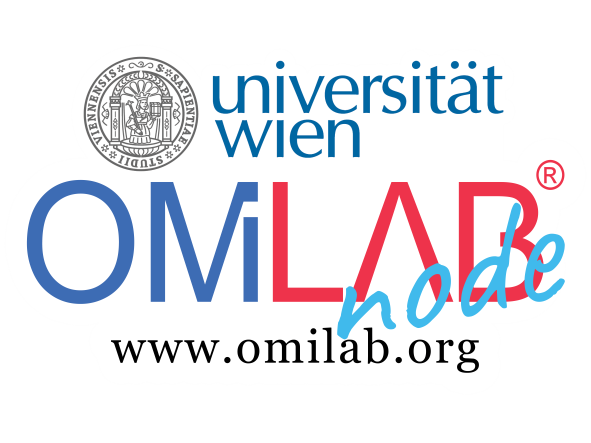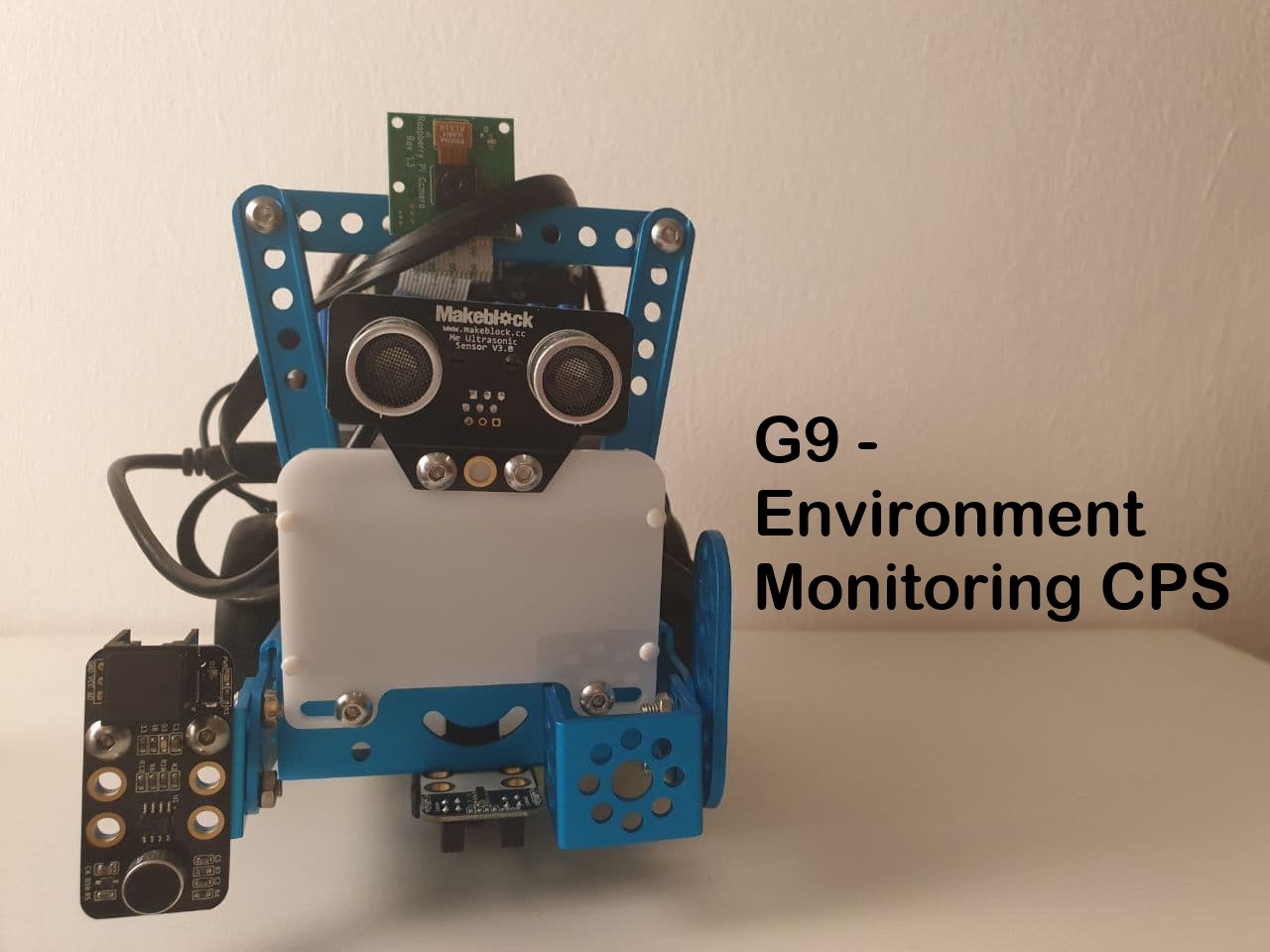Use Case
The connected Makeblock Me Light Sensor measures the light intensity of the environment, which makes it possible to determine whether the ride is at night or during the day, or if there is a sudden change in light intensity (for example, when entering a tunnel or a sudden change in weather), which determines the adjustment of speed to keep the driver safe.
In addition, the ultrasonic sensor can measure the distance to upcoming obstacles, which can both prevent an accident, but also based on the speed of the car and the time an obstacle/vehicle is in front of the car, decide if there is a traffic jam or not and use this information to determine a different route and also inform the other cars about the current state of the road.
With our CPS, we want to implement environment-monitoring using the following use cases.
Among other things, the driving speed is to be adapted to the lighting conditions.
The speed adjustments are based on percentage deviations from daylight.
Obstacles on the road should also be detected. If the CPS detects an obstacle at a certain distance in front of it, it stops. In this use case, the minimum speed prevails. More precisely, if the percentage of daylight is such that the CPS can continue to move at normal speed, but at the same moment an obstacle appears in front of it, then in this case the ultrasonic sensor value prevails and the CPS stops. This decision was made in order to preserve the safety of both the CPS and its environment.
Since the CPS is not equipped with weather, humidity or similar sensors, we simulate the data so that the relevant rules are adapted to the weather. To simulate the weather, we enter data such as temperature, air humidity and road quality.
Use Case – Integration:
Based on partner (group 4) use case, we supplemented ours with the topic of a viral infection, studying the car from the inside for a safe trip. Based on different studies set the vehicle infectivity statuses:
“infected”: there are viruses in the car and the car is not be available.
“warn”: there is a possibility that there are viruses in the car:
2.1. Air temperature(AT) in the car is about or less than 20°C degrees with an air humidity(H) in the car less than 50% -> car is not be available.
2.2. AT in the car is more than 20°C degrees with H more than 50% -> user will still be informed and can decide for himself whether he should use this car or not.
2.3. AT more than 51°C -> wait 15 mins. and change status to “safe” OR user can decide for himself, and use car without waiting.
“safe”: the vehicle is safe and can be used.
Experiment
Used sensors:
- Line Following sensor: Me Line Follower: Detection range: 1-2 cm
- Ultrasonic sensor: Me Ultrasonic Sensor: Measurement range: 3-400cm (with error less than 1cm)
- Light sensor: Me Light Sensor: Value range: 0-1000 (sunlight (>500), evening (0-100), indoor lighting (100-500))
- LED-display: Me LED Matrix
Using sensors and simulating some data, we get the necessary information about the external environment and the internal status of the car.
We get information about the light with lightSensor.read() and information about the object in front with ultraSensor.distanceCm().
We simulate data such as temperature, humidity, road quality and covid status.
Simulation in two versions:
1. the user enters the data himself.
2. data is randomly selected in the Java-code with using – java.util.Random.
The Covid status will be shown on the mBot-LED display.
Results
Through our experiment, the mBot now has knowledge about its environment and perceives environmental influences. This enables it to automatically adapt its driving behaviour to the conditions.
With our implementation and configuration of both the code and the models, the experiment was successful and does not require any changes.
We have achieved our goal and relying on both external data of the environment and internal data of the car, we can guarantee a safe ride.

